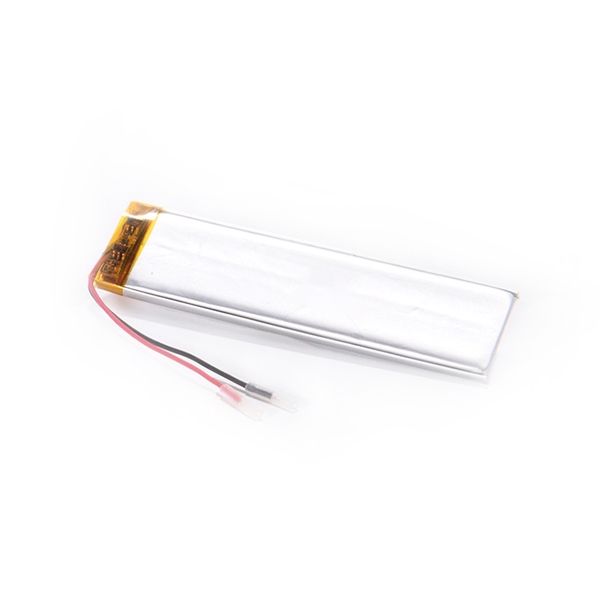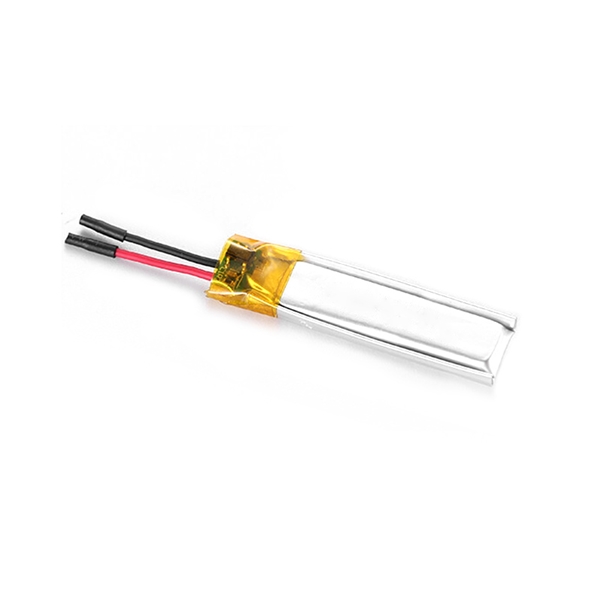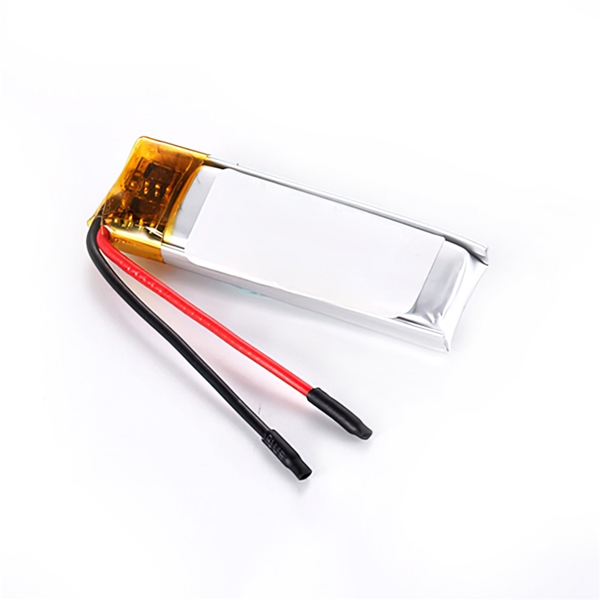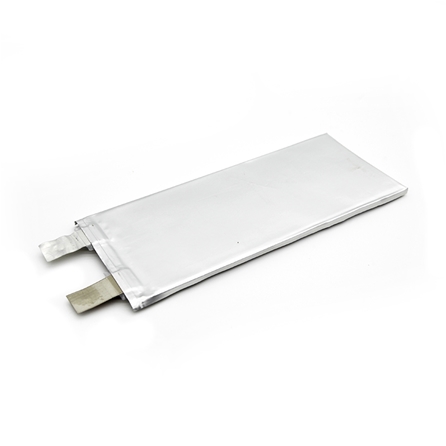-
Home
- Battery
- Application
- Solution
- News
- About Us
Inquiry
Contact UsIf you have any questions, please contact us immediately!What is a photovoltaic cell and how does it work?
2021-08-10With the growing global demand for renewable energy, photovoltaic cells, as a clean and renewable energy conversion technology, have gradually attracted widespread attention. So, what exactly is a photovoltaic cell? How does it work? Next, we will uncover the mystery of photovoltaic cells and delve into their working principles.
1. Definition and classification of photovoltaic cells
Photovoltaic cells, as the name suggests, are semiconductor devices that can directly convert light energy into electrical energy. According to their structures and materials, photovoltaics can be divided into many types. The most common ones are silicon-based photovoltaics, multi-compound photovoltaics, organic photovoltaics and dye-sensitized photovoltaics. Each of these photovoltaic cells has its own advantages and disadvantages and is suitable for different application scenarios.
2. Working principle of silicon-based photovoltaic cells
Silicon-based photovoltaic cells are currently the most widely used type of photovoltaic cells, and their working principle is mainly based on the photoelectric effect. When photons (particles of light) strike the surface of a silicon-based photovoltaic cell, the photon energy is absorbed by electrons in the semiconductor material. If the photon energy is greater than or equal to the bandgap width of the semiconductor material, the electron will jump from the valence band to the conduction band to form a hole-electron pair. These electrons and holes are separated under the action of the internal electric field and move to the positive and negative electrodes of the battery, thereby generating current in the external circuit. This process can be simply described by the following equation:
hν = E_g + E_k
Where, hν represents the photon energy, E_g represents the bandgap width of the semiconductor material, and E_k represents the kinetic energy of electrons in the conduction band.
3. Working principle of multi-compound photovoltaic cells
Multiple compound photovoltaic cells are a new type of photovoltaic cells whose main feature is the use of compound semiconductor materials composed of two or more elements. The working principle of this type of photovoltaic cells is also based on the photoelectric effect. When photons shine on the surface of a multicomponent photovoltaic cell, the photon energy is absorbed by electrons in the semiconductor material. Since the bandgap of multicomponent compound semiconductor materials is adjustable, the performance of photovoltaic cells can be controlled by changing the composition and structure of the materials. This gives multi-compound photovoltaic cells greater advantages in terms of spectral response range and conversion efficiency.
4. Working principle of organic photovoltaic cells
Organic photovoltaic cells are a type of photovoltaic cells based on organic semiconductor materials. Compared with traditional inorganic semiconductor materials, organic semiconductor materials have the advantages of low cost and good processability. The working principle of organic photovoltaic cells is also based on the photoelectric effect. When photons shine on the surface of an organic photovoltaic cell, the photon energy is absorbed by electrons in the organic semiconductor material. Due to the special properties of organic semiconductor materials, electrons can directly jump to the conduction band after absorbing photon energy without going through processes such as phonon scattering. This gives organic photovoltaic cells potential advantages in terms of response speed and conversion efficiency.
5. Working principle of dye-sensitized photovoltaic cells
Dye-sensitized photovoltaic cell is a type of photovoltaic cell designed to imitate the principle of biological photosynthesis. Its main feature is to use dye molecules as photosensitizers to enhance the spectral response performance of photovoltaic cells by adsorbing on the surface of semiconductor materials. When photons illuminate the surface of a dye-sensitized photovoltaic cell, the dye molecules first absorb the photon energy and undergo electronic transitions. Subsequently, the electrons are transferred into the conduction band of the semiconductor material through the interface between the dye molecules and the semiconductor material. Finally, under the action of an external circuit, electrons and holes move to the positive and negative electrodes of the battery respectively and generate current. This process can be simply described by the following equation:
Dye* + hν → Dye + e^- (Dye molecules absorb photon energy and generate excited state electrons)
e^- + Semiconductor → e^- - Semiconductor (excited electrons are transferred to the conduction band of the semiconductor material)
6. Summary and Outlook
As a clean and renewable energy conversion technology, photovoltaic cells have great potential in dealing with the global energy crisis and environmental problems. By in-depth understanding of the working principles and characteristics of different types of photovoltaic cells, we can better promote the development and application of photovoltaic cell technology. Looking forward to the future, with the continuous emergence of new materials, new structures and new processes, we have reason to believe that the performance of photovoltaic cells will be further improved and its application scope will be further expanded. From household electricity to industrial power generation, from aerospace to deep-sea exploration, photovoltaic cells will provide a steady stream of clean energy for the sustainable development of human society.
- Previous:Already the first article
- Next:What is the principle of lithium-ion batteries and what are the advantages and disadvantages of lithium-ion batteries?
Follow us- +86 0769-21688994
- Room 603, Building 9, No.1 Boheng Second Road, Songshanhu Park, Dongguan City, Guangdong Province
All rights reserved © Guangdong Qiantu Battery Technology Co., LtdQiantu Battery - Battery













